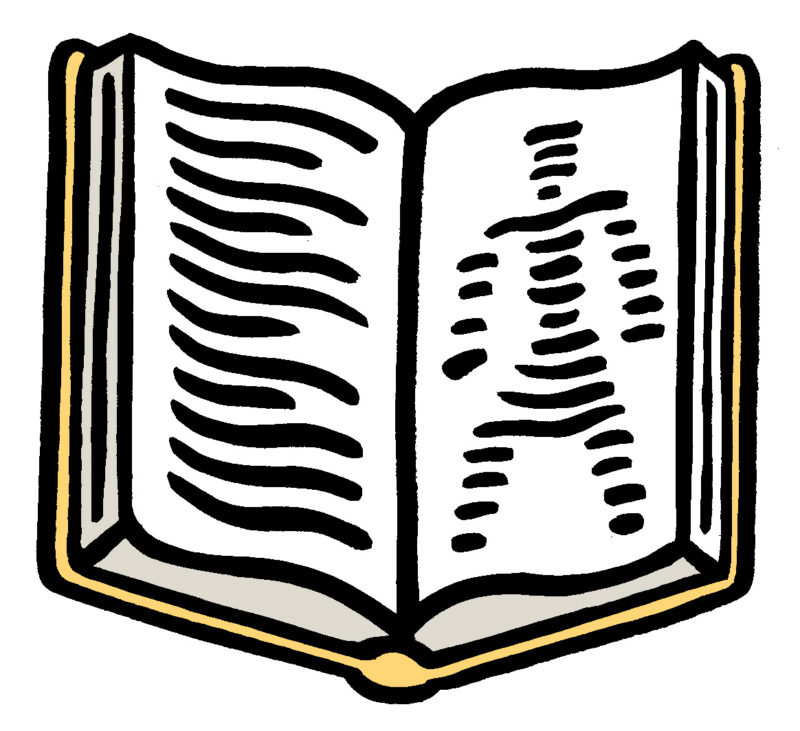Amina Cain’s A Horse at Night: On Writing is nonfiction haunted by fiction, fragmented musings in which Cain is often possessed by her favorite literary characters, filtering her experiences through theirs. After all, reading is that rare mode by which we allow someone else to manifest our ghosts. The book, on its surface, is a diary—entries on writing give way to topics as varied as landscape painting, pets, friendship, solitude, and the authentic self. Cain leads us carefully to an understanding: personality is separate from the self—it is contextual, emerging from relationships to one’s surroundings and companions. And through this understanding, we are able to glean A Horse at Night’s own authentic genre: not so much a diary as a tender, vulnerable self-portrait.
Cain recognizes the trap of portraiture—how it can capture the mutable self as a fixed character, something that resembles the living dead. Describing a moment in Tove Jansson’s novel The True Deceiver, in which a woman encounters her portrait carved in ice, Cain says, “Imagine finding your likeness in that way. Are you alive or are you dead? What has been captured, there in the ice?” The brilliance of Cain’s book comes in her evasion of this pitfall, conjuring herself so subtly and obliquely as to escape being frozen. It is a portrait drawn from context: descriptions of her literary fascinations, quandaries, and fears. Revelations come through analysis of other authors, as when she notes that, in Heinrich von Kleist’s The Marquise of O, “characters are never given physical descriptions, and yet… we are able to form pictures of them… There is great value in what can be sensed.”
In Cain’s writerly sensibilities, we sense her self—full of insightful intelligence and curious blind spots. This is not an idealized depiction. She knows better than to elide the self-doubt of the writer: “Is it interesting to watch oneself perform? My current answer is that it is not.” For a while, she says, she cut her sentiments like her sentences, until they were sparse and elegant—prose so bare as to be almost ruthless, and confident in its ruthlessness. It is a kind of rebellion against what, historically, has been labeled “feminine writing” (a rebellion perhaps best encapsulated in the ultimate cool of Fleur Jaeggy’s style). Feminine writing and feminine solitude are inherent concerns of A Horse at Night. And yet, Cain notices that this rejection of “feminine” emotion is also a performance, a form of misogynistic self-repression. She later concludes, “In my writing, why not be fully who I am?”
It is this shifting self-awareness that keeps Cain from becoming a character—that keeps her vital. She gravitates toward painted portraits, specifically those that are aware of their frame—figures who look or point beyond the edge of the image. These works dissolve their borders, putting the viewer in the same space as the painting and vice versa—two distinct worlds superimposing upon each other. Cain, constantly gesturing beyond her pages, constructs her book similarly and creates an interior landscape into which we can project ourselves. As she puts it: “One thing laid on top of another… relaxing into each other with their outlines intact.” Has there ever been a more resonant description of the magical act that is reading?
Cain questions herself unceasingly. She asks why she writes a certain way, is drawn to certain paintings, is interested in certain characters. I find myself writing back to her in the margins—the answers seem obvious. But then I recall what she says about friends: that they are capable of seeing our authentic selves in ways we cannot. It is this element that makes Cain’s book the most successful kind of self-portrait: by allowing the viewer to see what the author can only question, it resists its own ghostification. It transforms the reader into a friend.
Publisher: Dorothy, a publishing project Page count: 136 Price: $16.95 Key quote: “I write to see what is inside my mind. For me, it is often far better, healthier, than recording what I know is already there.” Shelve next to: César Aira, Sophie Calle, Natalia Ginzburg, Anna Kavan, Josep Pla Unscientifically calculated reading time: Two slow summer evenings





